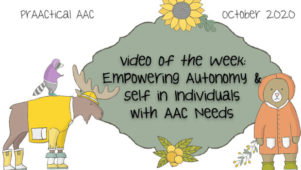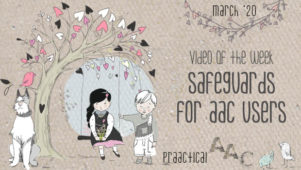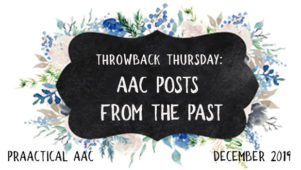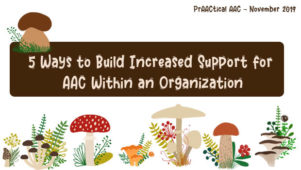On Not Being an Ostrich
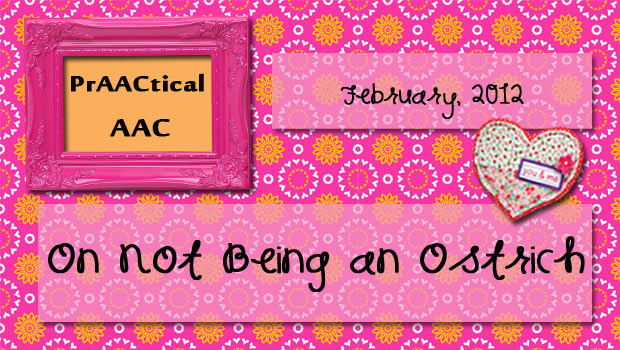
Is anyone else totally floored by the stories of good people getting into bad situations that have been in the news lately?? While it can happen to anyone, it is probably true that people who use AAC face a number of safety risks that the rest of us don’t think much about. The people we work with may not have the vocabulary they need to talk about safety issues, report abuse, or even state objections/resistance in a forceful way. And that’s just the tip of the iceberg. The latest story to cross my inbox made me think of some of our AAC friends and what we, as SLPs and clinical educators, should be doing to provide support.
The Canadian organization Augmentative Communication Community Partnerships, has some wonderful resources to help get us started. Among them is a set of communication displays, both text and picture-based, that can be useful to individuals with AAC needs.Originally developed through the Speak Up project which ended in 2004, the site hosts materials such as these guidelines for how to introduce this topic to our AAC clients and this helpful list of personal safety tools.It may not be the most pleasant topic for us to address in our intervention, but avoiding it may lead to far more unpleasant consequences. As my grandma used to say, “Before you stick your head in the sand, think about what sticks up.”

Filed under: PrAACtical Thinking
Tagged With: advocacy, communication boards, safety
This post was written by Carole Zangari

